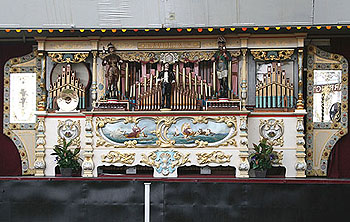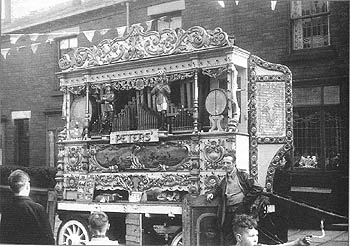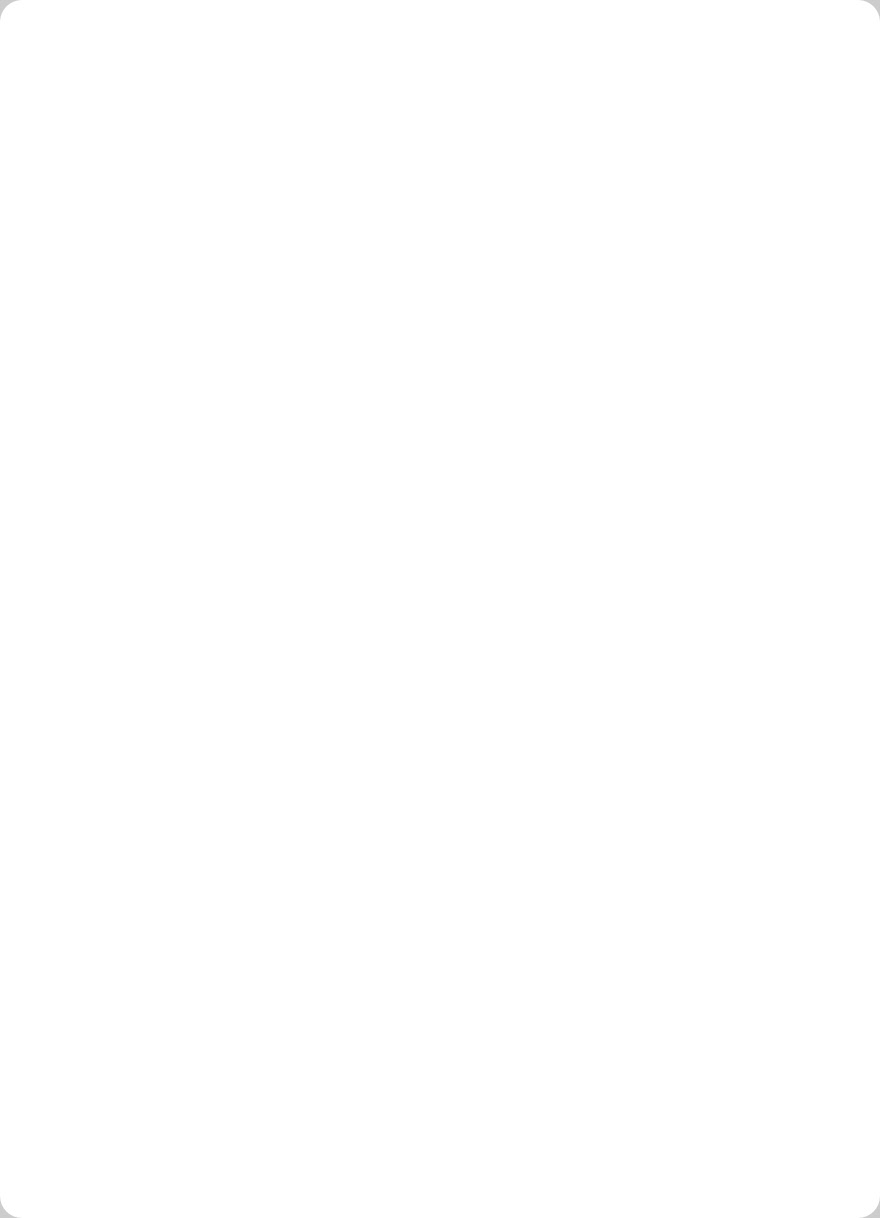
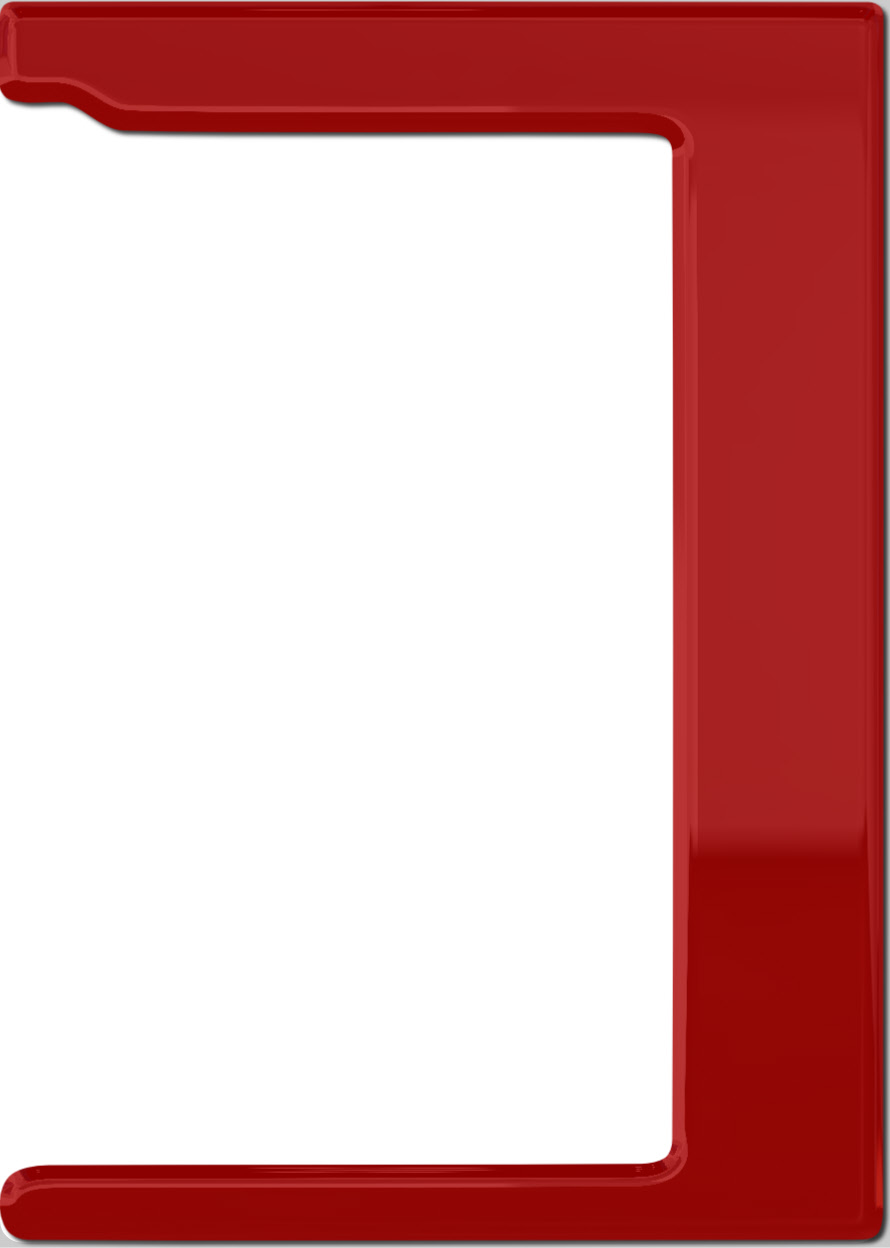



All rights reserved. This document, or any part of it, must not be reproduced in any format without prior written permission of the Fair Organ Preservation Society
©2025 - Fair Organ Preservation Society





Introduction
Welcome to the society dedicated to the appreciation and preservation of the fairground organ, and other related mechanical instruments, and their music. Our members are all interested in this fascinating aspect of our national heritage, some being organ owners themselves. The objects of the Society shall be the promotion and encouragement of all forms of interest in, and the preservation of, Fair Organs and Mechanical Musical Instruments.
Background
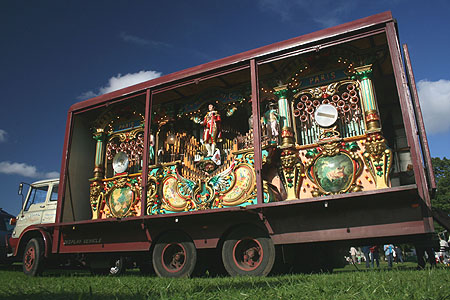
When the early enthusiasts gathered round Tom Alberts' 98-key Marenghi in Bolton for Sunday recitals back in 1957, they must have had little idea of the impact their decision to form themselves into a Society would have on the preservation movement or of the expansion of the Society to include members from most parts of the world. In those days the number of fair organs in existence was considerable but only a few were in preservation. Some were still in active use but a great many lay abandoned in yards and fairgrounds at the mercy of the weather. The Fair Organ Preservation Society, like most societies, started in a small way, with many of the early members being organ owners. With the advent of steam rallies and other events, interest in fair organs in particular increased rapidly and membership rose sharply during the sixties. The first overseas member was Gijsbert Perlee, organ builder in Amsterdam, and the first United States member was Q David Bowers, dedicated collector and well known as the author of several comprehensive books on mechanical musical instruments. The strength of the Society is the considerable number of enthusiasts who have been captivated by the sight and sound of the astonishing range of fair, dance and street organs. By their very interest they have lent support and purpose to the continuing preservation of these unique instruments.
If you have any comments about this site, or would like to contribute or correct anything, please contact the
